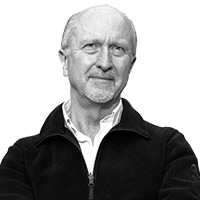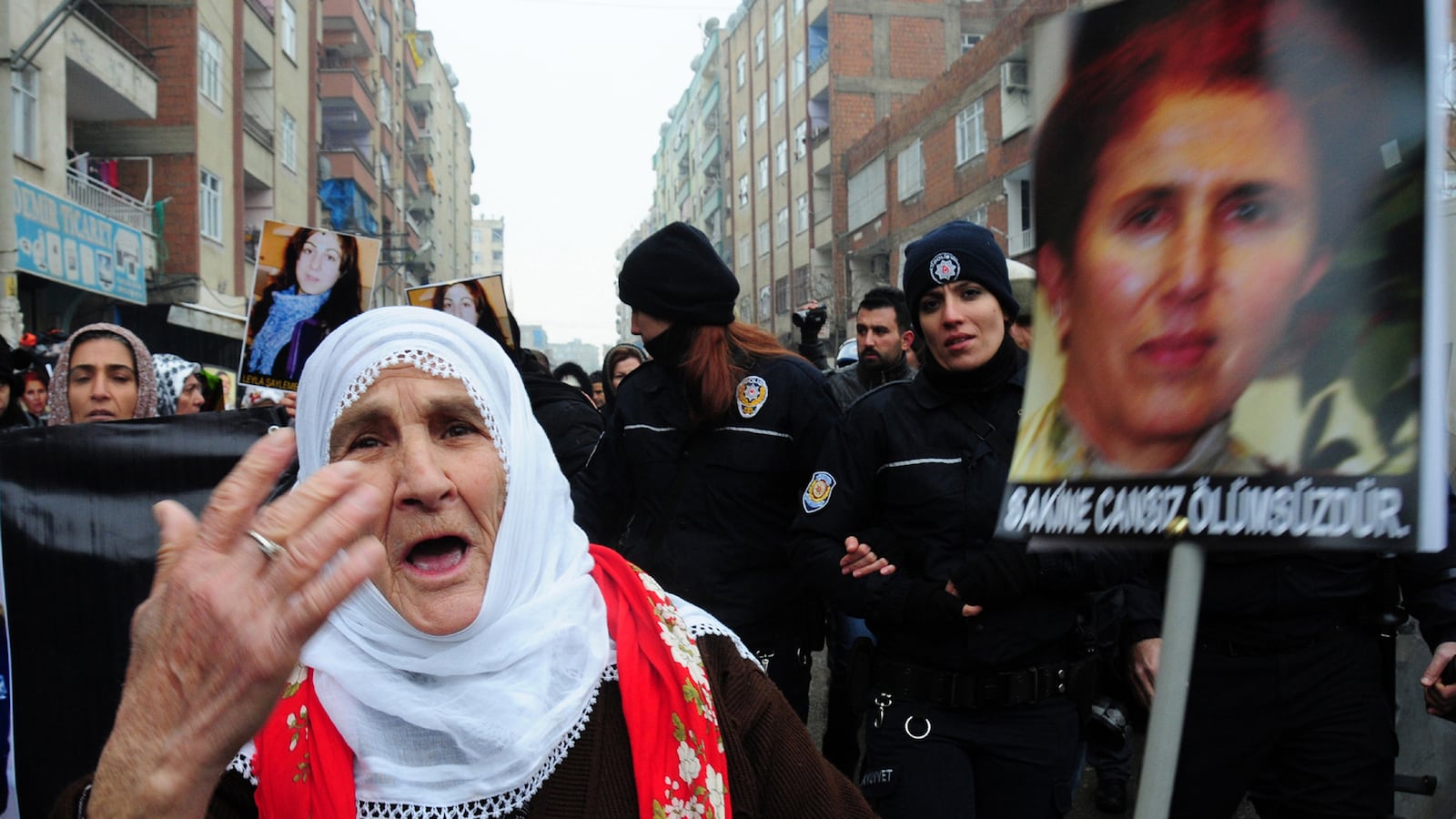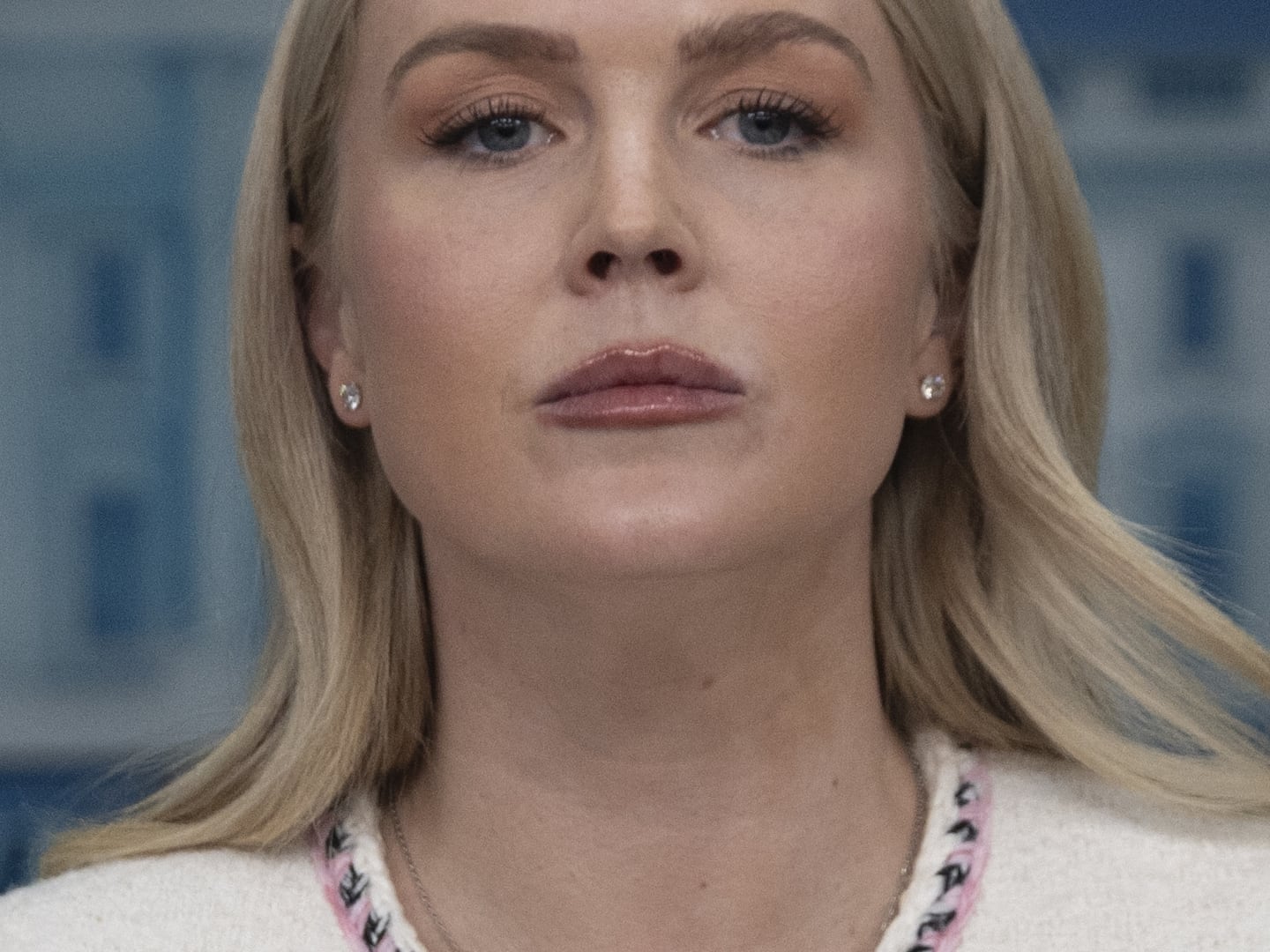The roses have withered and the garlands have wilted in front of the murder scene at 147 Rue Lafayette in Paris. The candles arranged on the sidewalk to spell PKK no longer burn. The photographs of the three women who were shot multiple times in the face have curled in the rain. They were activists tied to the Kurdistan Workers Party, the PKK, at war with the Turkish government. Now the winter wind whips the flags of protest and independence, some of them bearing the likeness of PKK leader Abdullah Ocalan, imprisoned on an island in the Sea of Marmara since the CIA helped catch him in 1999, and reportedly engaged in peace talks.

A couple of French cops are parked next to a poster on the police barricade that says “the Kurdish people demand the whole truth,” but the officers are more interested in the games on their cellphones than in the scene around them. After all, on Jan. 21 a suspect was arrested for the murders that took place only 12 days before.
But, of course, there is no whole truth here. The narrative of this mystery has only begun to develop. And in the parts of Paris between the Gare du Nord and the Porte Saint Denis sometimes known as Little Kurdistan, many people have their own truths. The police and prosecutors have theirs as well, but are only revealing parts of them. And they admit they don’t yet have a motive. The suspect has denied the charges. A security official from Ankara fighting the PKK guerrillas in eastern Turkey, when I reached him by phone, had his own version of the crime: “But this is speculation,” he said, “not intelligence.” He thinks the Iranians or Syrians may have been involved. But what really upset him, he said, is that after the murders French President François Hollande said he actually knew one of the victims personally.
One remembers other cases involving the shadowy world of assassins in European cities, including the Turkish gunman who nearly killed Pope John Paul II in 1981. Conspiracy theories still abound about that case. Kurdish leaders were murdered in Vienna in 1989 and Berlin in 1992 by Iranian hit teams, and there are even persistent rumors, ferociously denied, that the present president of Iran, Mahmoud Ahmadinejad, was somehow involved in the Vienna case. The Kurds fighting for autonomy or independence in Turkey, Iraq, Iran, and Syrian have no end of enemies, and no shortage of vendettas among themselves. So it is no wonder the Paris killings have such a puzzling, and such a sinister, air about them.
“What is stunning about these murders is that on the one hand they were so amateurish,” says Rusen Werdi, head of the human rights office at the Kurdish Institute, a mainstream organization in Paris, “and on the other hand they are so professional.”
The most obvious example of that paradox is the video captured by the news crews that flocked to Rue Lafayette when the corpses of the three Kurdish activists were first discovered in the dark early morning of Jan. 10, more than 13 hours after they were shot. Clearly visible in the corners of several video clips, standing just outside the doors of 147 watching the crime scene investigators go in and out, is a man who looks very much like 30-year-old Omer Guney, who worked with two of the victims as a driver, translator, and factotum.
Later that day, according to members of the Kurdish community, Guney took part in protests against the killings, and that weekend he went to a memorial service for the dead. For good measure Guney visited the police voluntarily and told them his story of seeing the victims the day they were murdered, but he didn’t seem to realize there were closed circuit cameras that recorded him going in and out of the building at times decisively different than those he gave. He was filmed leaving the apartment with a heavy bag, which later showed traces of gunpowder. And thus he quickly became the prime suspect.
This is not exactly the performance of a professional hit man. And yet, the shooting itself appears to have been just that. The office-apartment of what is called the Kurdish Information Bureau was up one flight of stairs in a gray, 19th-century building with a chiseled stone arch above a battered wooden door and a wrought-iron balcony on one of the upper floors. Two of the rooms look out on the busy street just a few feet above the heads of pedestrians and the customers who are constantly going in and out of the electronic supply store and the little grocery next door at midday on a Wednesday, which was the time of the killing. But the third room of the office is at the back, and that is where the assassin apparently persuaded all three women to go.
Paris public prosecutor François Molins has said there were no signs of struggle. Indeed, four glasses of water were found in the room, one presumably offered to the assassin. Each of the women was killed with three or, in one case, four bullets to the head, the impact so close and powerful that their eyes came out of their sockets. Ten shots. Apparently no misses. And it seems no one heard a sound, leading to the presumption that the killer—or killers—used a silencer.
“There is very serious evidence that [Guney] committed the assassination,” says Fayik Yagizay, the observer of the (Kurdish) Democratic People’s Party at the European Parliament, who knew all three victims and is openly sympathetic to the PKK. “But my personal view is that he was not alone. It is impossible that one person can kill three women.” Other Kurdish activists note that two of the victims, Sakine Cansiz and Leyla Soylemez, had fought in the mountains of Turkey. Indeed, the 55-year-old Cansiz was one of the cofounders of the PKK. They were not pushovers.
The third, Fidan Dogan, was a representative of a political front organization and manager of the information bureau. Although the Turkish press assumed that Cansiz was the one Hollande had known, in fact Dogan was the woman who had contact with Hollande when he was head of the Socialist Party, and it was Dogan who had the best political and diplomatic connections generally, which raises the possibility she was a target, not just a bystander.
In any case, the challenge for the assassin is not the rate of fire. Police have not released specifics about the ballistics, but, for example, the Glock 19, a common semi-automatic pistol in the United States that became very common in Iraq as well as during the American occupation and flooded the Turkish underworld in the middle of the last decade, can easily fire 10 shots from a standard magazine in less than two seconds. The challenge is hitting the target. Even at close range, that takes considerable skill and deadly calm.
If Guney was the killer, where did he learn to shoot like that?
The sketch of Guney that has emerged from press reports in Turkey, law enforcement briefings in Paris, and the impressions of members of the Kurdish community who knew him, is of a young man with a past so murky it’s hard to imagine how he won the confidence of a senior figure in the PKK like Cansiz or a sophisticated French-Kurdish fighter like Dogan.

Guney was born in Sarkisla, a small town in the center of Turkey that is known for its nationalist and right-wing sympathies. According to Werdi, the Kurdish parties won not a single vote there in recent elections. But Guney moved to France when he was about 5 years old, living with family in the suburbs of Paris. At one point he married and moved to Germany, but reportedly divorced in 2011 and returned to France. It was not until then that anyone remembers him showing interest in the PKK and its related civilian organizations. Guney seems to have been charming enough to win the confidence of Dogan, who also spent most of her life in France and was fluent in French. She appears to have been the one who introduced him to Cansiz.
The middle-aged Cansiz, with her distinctive face and flaming red hair, had worked alongside Ocalan to found the PKK in the late 1970s, became “a legend” while in prison in the early 1980s, and went on to lead the PKK women’s movement, which by some accounts makes up about a third of the organization. In the early 1990s she was dispatched to Europe, first operating out of Germany and then in France.
Although the PKK has long been designated a terrorist organization by both the United States and the European Union, it has extensive networks of sympathizers among the hundreds of thousands of Kurds in the diaspora, and it operates through legal political and cultural organizations as well.
“I am a representative of the BDP (the Democratic People’s Party),” says Yagizay, a former English teacher in Turkey who is now exiled in Strasbourg, France. “We have 36 members in [the Turkish] Parliament; we have 100 mayors; in the Kurdish region we are the biggest party. But there are 10,000 of our members in prison because of their sympathy to the PKK. Most Kurdish people with the BDP are sympathetic to the PKK. My brother was a member of the PKK who was killed in the mountains. Nearly every member of the BDP has a relative, a son, a daughter, a brother, a sister in the PKK. We have common objectives but our methods are different.”
According to French authorities, PKK operatives raise funds by imposing a “revolutionary tax” on Kurdish merchants, which gives them a substantial war chest—and potentially a treasure to fight over. There have been frequent hints leaked to the French press suggesting the murders on Rue Lafayette were linked to that racket in some way. But few Kurdish analysts find that argument plausible. They note, on the other hand, that the Turkish government floated the idea last spring of hefty rewards for the capture of PKK leaders living in Europe and northern Iraq. That raises the question of whether the killer was, or wanted to be, a bounty hunter.
Although PKK sympathizers were quick to point the finger at the government of Turkish Prime Minister Recep Tayyip Erdogan, it’s far from clear why he would have thought it necessary to work outside the normal channels of cooperation with French authorities. In 2011 alone, the French arrested 32 alleged members of the PKK, and in October last year they jailed a prominent activist and politician, Adem Ozun, in a sting operation that implicated him in alleged arms trafficking.
Many Kurds—and some Turkish security sources—say they believe that Guney was infiltrated into the organization around Dogan and Cansiz expressly for the purpose of carrying out an assassination if the moment should arise, and the peace talks with Ocalan created that moment. But the Kurds tend to favor the hypothesis that Guney was working for extreme right-wing nationalists opposed to any sort of settlement with the PKK. The security sources tend to think there were outside players.
“The easiest way to make peace is through the leaders of the PKK,” says one of these Turkish security officers. “But there are lots of pieces of the PKK.” And both Syria and Iran, squared off against Erdogan in the fight over the future of the Assad regime in Damascus, have reason to want to keep Ankara distracted by the continued fight against Kurdish guerrillas. “Iran does not want Turkey to be powerful in the region, and Iran does everything to eliminate its enemies,” said this official. “It is a fact right now that the PKK is being influenced by the Iranians very much.”
What appears certain is that Guney, while claiming to be an activist with the PKK, made many trips back to Turkey over the last year. Apparently he did not contact his relatives there, and both French and Turkish investigators are now focused on the question of just whom he did see. The extent and the result of that teamwork may be a test of Ankara’s real commitment to find the people behind the crime. “If the Turkish state does not cooperate with the authorities,” says Yagizay, “It means they are part of this game.”
The whole truth? Not any time soon.






